China Opens Massive Underground Dark Matter Lab

Scientists in China recently unveiled the deepest and largest underground laboratory ever built. Nestled 7,800 feet beneath the towering Jinping Mountains, this colossal facility aims to unravel the mysteries of dark matter, the elusive substance believed to make up more than 80 percent of the universe’s mass.
Dark Matter
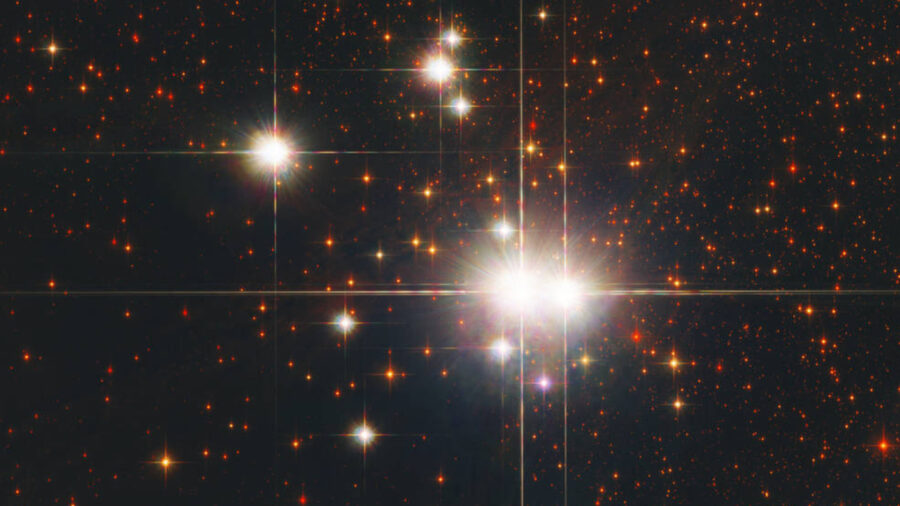
Dark matter is like an invisible force holding everything in the universe together. It’s crucial for understanding how galaxies form and behave. But here’s the catch: we can’t see it. Dark matter doesn’t interact with light or ordinary matter, making it incredibly difficult to detect.
China’s Dark Matter Project
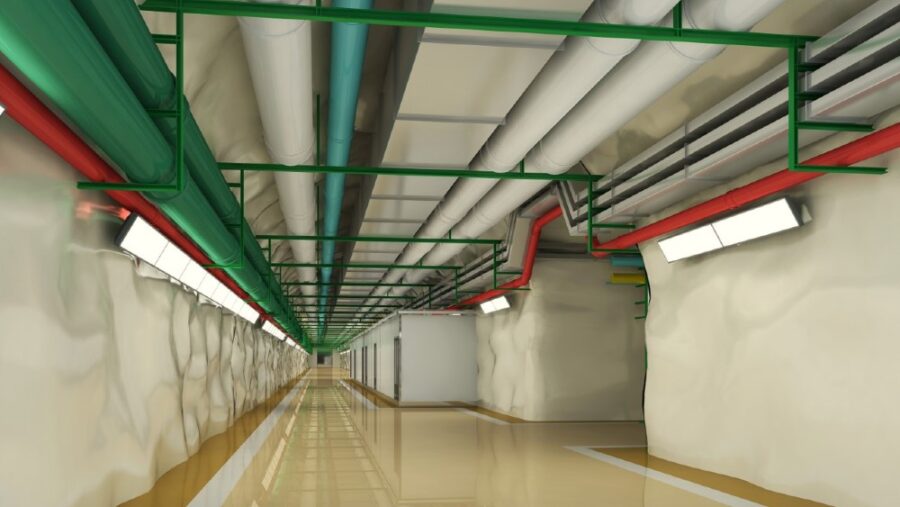
China’s ambitious dark matter project, named the China Jinping Underground Laboratory (CJPL), initially opened its doors in 2010. However, the recent expansion, known as CJPL-II, dwarfs its predecessor and even surpasses Italy’s Laboratori Nazionali del Gran Sasso, previously the world’s largest underground lab.
Going Underground
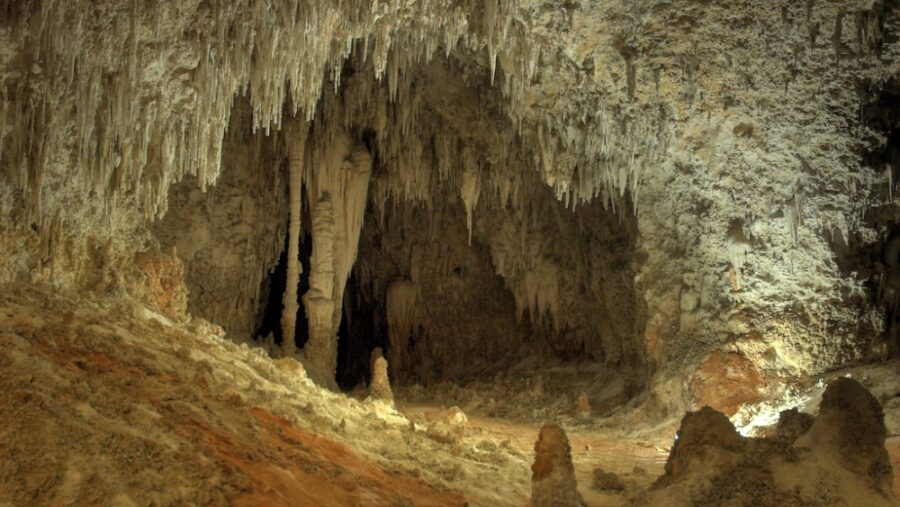
Why go underground? Marco Selvi, a physicist for the National Institute of Nuclear Physics in Bologna said it best when he compared detecting dark matter on the Earth’s surface to be as tough as hearing a child’s whisper in a roaring stadium. Cosmic rays and other interference make it nearly impossible.
But buried beneath miles of rock, scientists can shield their sensitive detectors and listen closely for the faint signals of dark matter particles.
The Work of Fritz Zwicky

It’s been nearly 100 years since scientists first began to theorize about dark matter. Its existence was inferred through astronomical observations and theoretical calculations made by Fritz Zwicky in 1933. Zwicky was studying the Coma Cluster, a group of galaxies located hundreds of millions of light-years away when he noticed that the galaxies in the cluster were moving much faster than expected based on the visible matter they contained.
Zwicky calculated the total mass needed to keep the cluster from flying apart and found that it was far greater than the mass accounted for by the visible stars and gas. Despite Zwicky’s pioneering work, it wasn’t until the 1970s that the concept of dark matter gained more attention.
Vera Rubin And Spiral Galaxies
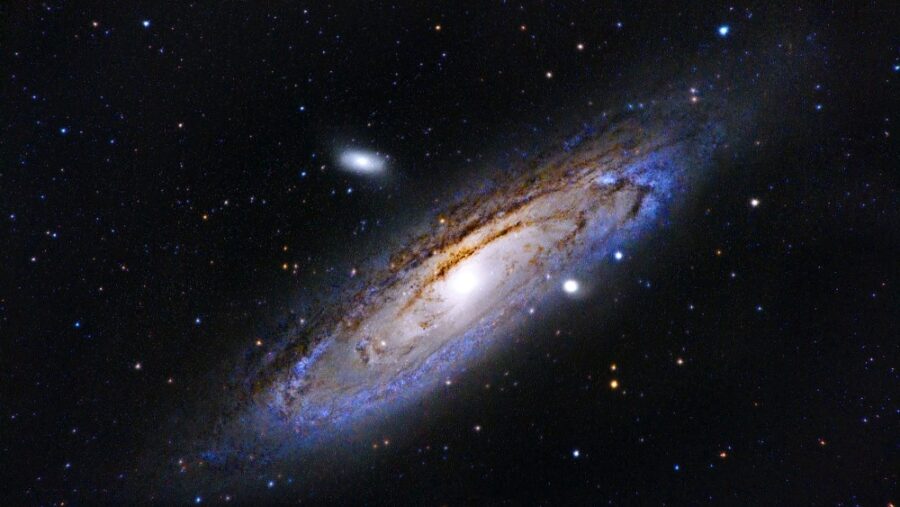
Vera Rubin, an American astronomer, studied the rotation curves of spiral galaxies. She found that stars at the outer edges of galaxies were orbiting at speeds that couldn’t be explained by the gravitational pull of the visible matter alone. Again, there seemed to be missing mass, leading scientists to hypothesize the presence of unseen, or “dark,” matter.
More Recent Research
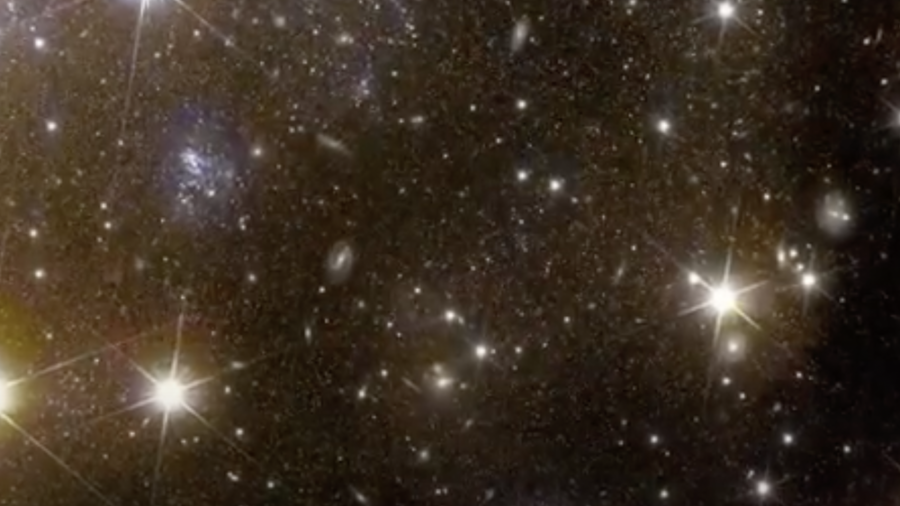
Since then, numerous observations across different scales, from galaxies to galaxy clusters and the entire universe, have provided compelling evidence for the existence of dark matter. While dark matter remains elusive and mysterious, its presence is inferred through its gravitational effects on visible matter and light. Despite decades of research, its exact nature and composition remain among the most significant puzzles in modern astrophysics and cosmology.
But dark matter may not remain elusive for long if scientists in China have anything to say about it. The upgraded CJPL lab features state-of-the-art equipment, including the PandaX-4T detector, weighing a whopping 4 metric tons. Scientists hope that when dark matter particles collide with xenon atoms inside the detector, they will emit light, revealing their presence.
Source: Nature













